There are two books that I have with me at all times, that I take with me in every bag I have ever carried: “The Elements of Style” by William Strunk and E.B. White – because no self-respecting writer should ever leave home without it – and a yellowed, well-thumbed copy of “Cosmos” by Carl Sagan.
In times of great disillusionment, there are some who turn to scripture, while others seek salvation at the bottom of a bottle. I, on the other hand, have always found solace in Carl Sagan’s obsessive optimism regarding humanity.
I loved Carl Sagan. I loved him as much as any man could another. Carl Sagan, you see, was the first person to take me to outer space. He made me the geek, the nerd, the obsessive enthusiast I am today. One of those people who gets goosebumps reading the transcripts of the Gemini missions, who can recite, from memory – and flawlessly – the script of Apollo 13. He left me, a romantic, always “homesick for somewhere else”, and feeling an irrational sense of solitude each and every time I gazed into the night sky. He made me wonder. He made me question. He made me struggle with that same mystery and isolation the Greeks did every time they considered the vast stretches of sea that lay between them and those far-flung islands that Homer’s wonderful characters would one day visit.
Growing up, I found a familiarity in him that was comforting. I found it in his books, in “The Demon-Haunted World” and in “Contact”. I found it in his landmark television series Cosmos: A Personal Voyage, in which Sagan took me on a journey to the farthest reaches of space – teaching me, along the way, about the Heike crab and how they are like samurai warriors, about Tunguska, about Einstein and relativity, about the idea of an oscillating universe – before bringing me back home again to our long forsaken pale blue dot.

Needless to say, I was apprehensive at the notion of a modern retelling of Cosmos. But when Cosmos: A Spacetime Odyssey finally premiered in 2014, all of my doubts were laid to rest. It was everything I needed it to be: not a reboot or a remake, but a loving homage to Carl Sagan that didn’t just build upon his legacy of science education but advanced it.
Which brings us to Cosmos: Possible Worlds, a long overdue and highly anticipated second spin-off, of yet another thirteen episodes, this time taking us further into the future than ever before. Hosted once again by Neil deGrasse Tyson, this generation’s great science communicator (there have been, at my count, six of them over the last hundred years: Asimov, Bradbury, Feynman, Nye, and Sagan), the series does well to exploit both his skill and superstar status in getting it’s message across to the widest possible audience.
The challenge for a series like Cosmos has always been in distilling all of the science that’s out there into something accessible and palatable for a mass audience. It is a Sisyphean task made harder by the complexity and abstraction of the ideas involved.
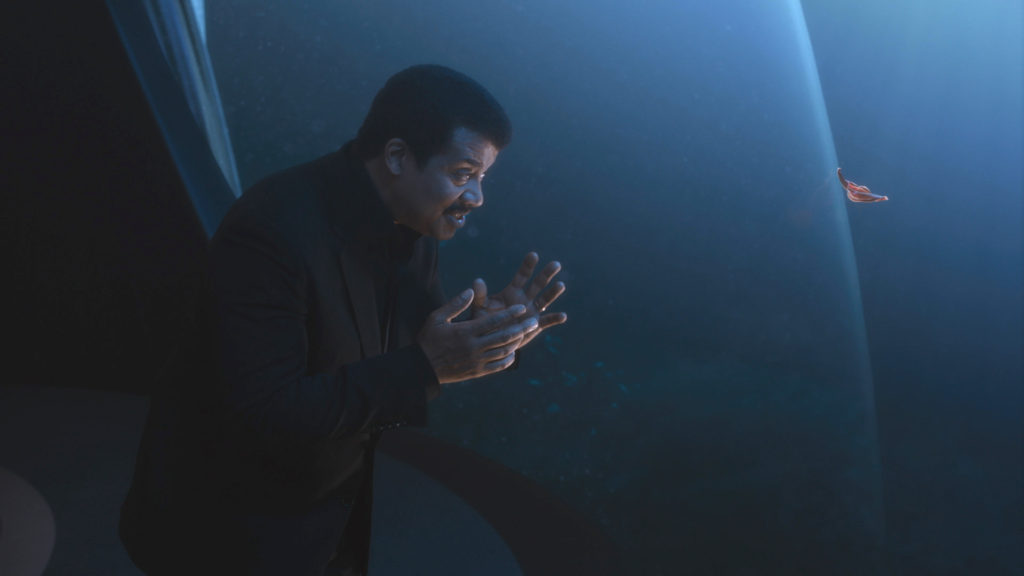
Neil deGrasse Tyson is, and always has been, the perfect successor to Sagan, channelling that same wide-eyed wonder and hope for humanity. Watching him as he guides us through the world’s oldest town of Catalhoyuk in modern Turkey, or talk about how bees use mathematics to help each other locate the next destination for their hive, you can’t help but get caught up in his passion and curiosity.
There is something remarkable about the way this programme is written – in how it addresses questions of religion and spirituality, in the way it approaches climate change and the catastrophic times we live in – and how it manages to proclaim a point of view without ever preaching it.
What’s more, Neil deGrasse Tyson continues Sagan’s pedagogy, in presenting the material in a way that is informed yet conversational, while talking to you and never at you. What makes Cosmos unique as a science documentary is the clever conceit that is the Ship of the Imagination. By taking you on a joyride through space and time, Tyson, like Sagan before him, liberates scientific method from the cold shackles of the laboratory. By making you a part of the journey, he successfully restores the centrality – and significance – of imagination to scientific process.
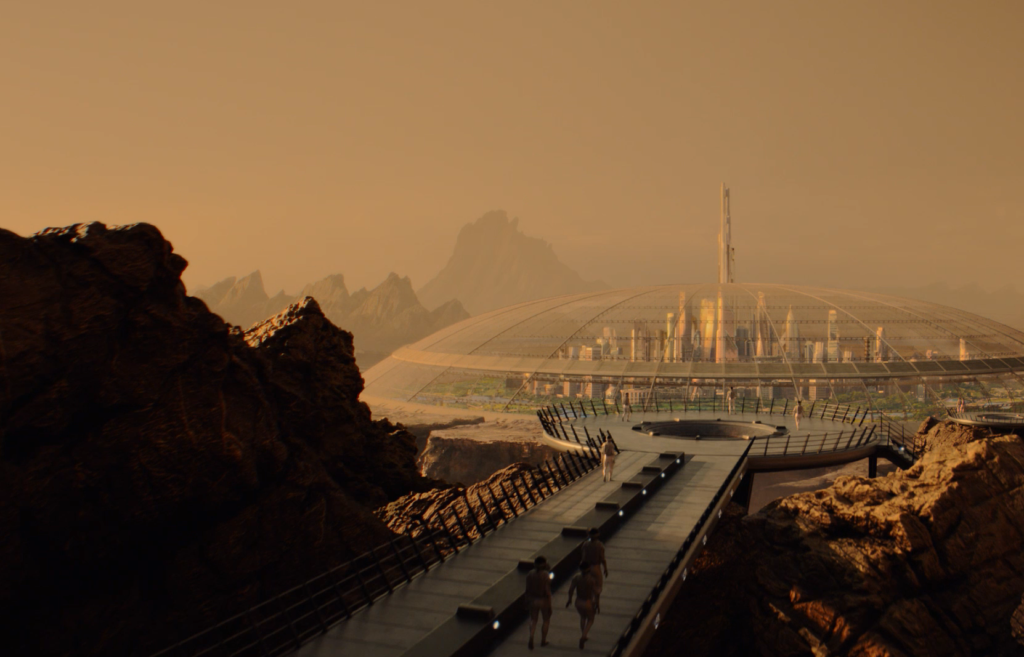
Where this new series differs from the last is in its focus on our distant future. But the Possible Worlds that the title refers to isn’t just some pie in the sky science fiction fantasy. It is an exploration of what humanity needs to do, and where we need to go, in order to safeguard our survival. Not just for the next hundred years, but for the billion years after that. It is a reminder that while the problems of our immediate present need addressing, science has always been about the future. About fulfilling our spirit of adventure. About satiating that insatiable need to explore, and invent, and imagine the impossible.
Today, we live in a world where the future of space exploration rests upon the whims and fancies of Silicon Valley billionaires – each one trying to be a real life Tony Stark. Science has long lost its cultural edge. There was a time, those days of Chuck Yeager and Alan Shepard, of Neil Armstrong and Buzz Aldrin, when we viewed science and space travel with wonderment and awe. There was a time, before climate change deniers and creationism, when we used to dream.
Cosmos: Possible Worlds reminds us of that dream. It reminds us that while science is slow, and hard, and often expensive, it is absolutely crucial in ensuring the future of humanity. Why? Because it is the only thing that can save our lives.
Cosmos: Possible Worlds airs in Malaysia from 8AM – 10AM (same time as the U.S.), with a primetime encore from 9PM – 11PM on National Geographic, Astro CH553 SD and CH573 HD, as well as on Unify TV CH508.
Cosmos: Possible Worlds
National Geographic, 13 episodes
Showrunners: Ann Druyan and Brannon Braga
Writers: Ann Druyan and Brannon Braga
Host: Neil deGrasse Tyson



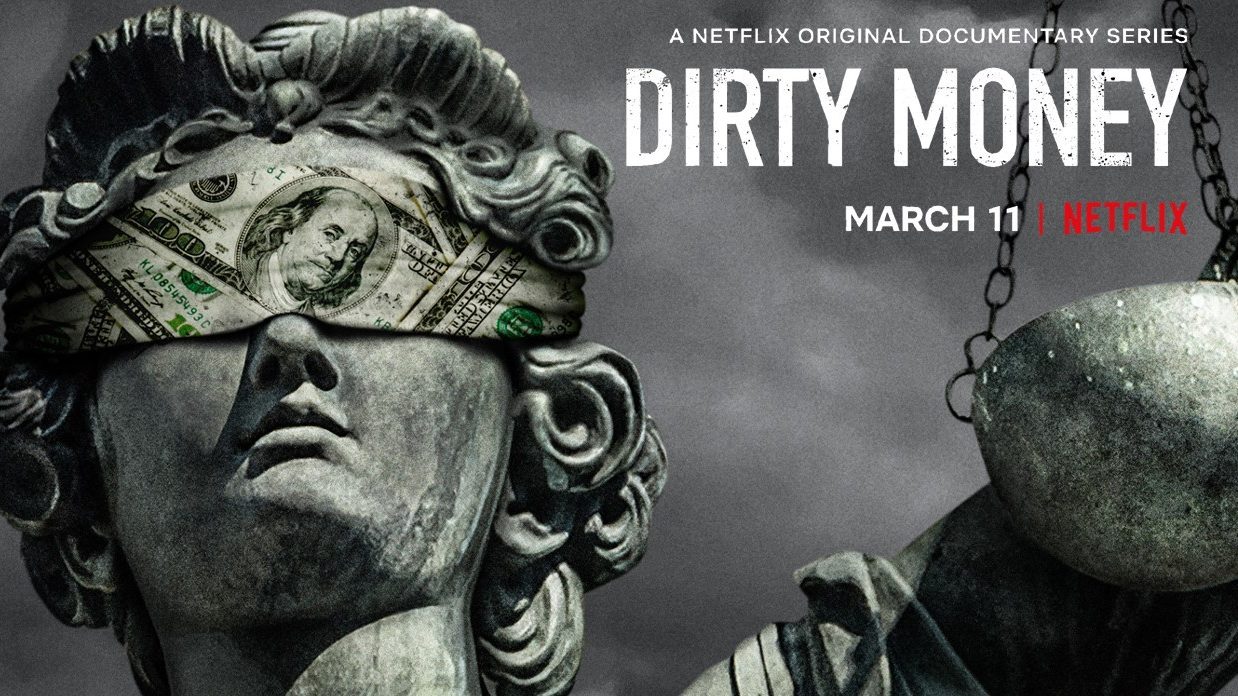
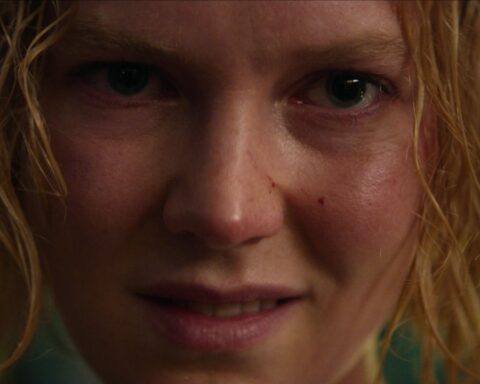

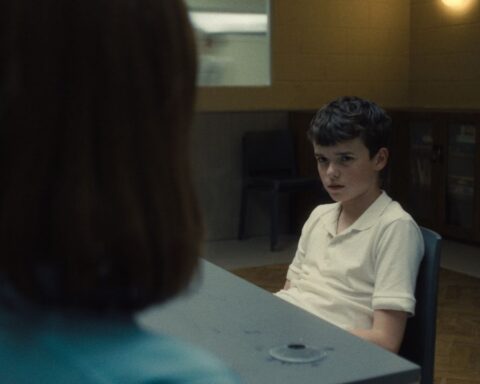
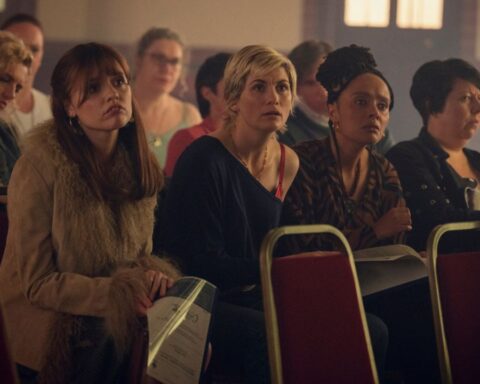

Follow Us